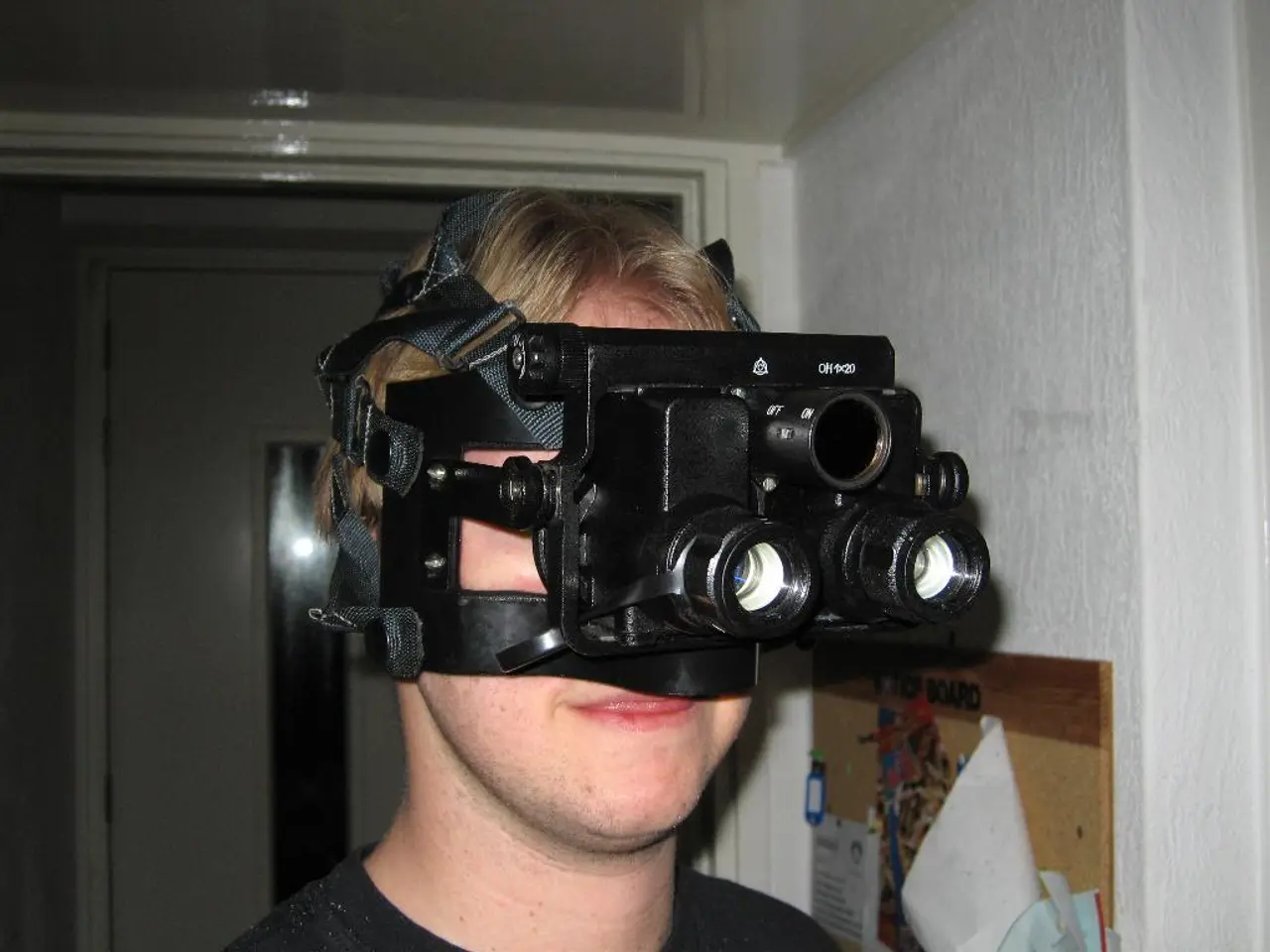Virtual Reality Enhancing Our Real-World Experience
In the ever-evolving landscape of technology, Virtual Reality (VR) and Mixed Reality (MR) are making significant strides in reshaping our understanding and interaction with the real world.
VR, a technology that fully immerses users into computer-generated worlds using headsets like Meta Quest or HTC Vive, is not just a tool for entertainment or fantasy. It actively transforms how we learn, work, heal, and connect, making our experiences more immersive and interactive.
Platforms like Meta Horizon Workrooms and Spatial create virtual offices for team meetings, brainstorming, and collaboration in a way that augments professional interactions, breaking down geographic and logistic barriers.
Educational VR apps are transforming classrooms into interactive learning spaces, allowing students to explore the solar system, walk through historical events, and conduct science experiments in virtual labs. This deeper, more sensory form of learning enhances our perception and retention of real-world knowledge.
VR also plays a crucial role in training and education. In aviation and military, pilots and soldiers train in life-like virtual environments that mirror real-world conditions. Similarly, in healthcare, VR simulates surgical procedures, allowing skill development without risks. It also advances exposure therapy for PTSD and pain management by immersing patients in controlled, therapeutic environments.
VR is also making waves in the construction and project management sectors. By integrating with 3D models and Building Information Modeling (BIM), VR reduces costly errors, improves project precision, identifies design flaws early, and enhances worker readiness by visualizing entire projects before physical construction starts.
Mental well-being is another area where VR shows promise. VR applications that simulate nature help reduce stress and anxiety by influencing physiological functions like heart rate and sleep patterns, benefiting users who cannot access natural environments easily.
As VR technology advances and blends more seamlessly with the physical world, it opens broader societal and practical uses. For instance, VR enables realistic product exploration, such as experiencing cars virtually before purchase, enhancing user confidence and informed choice without physical presence in showrooms.
On the other hand, Augmented Reality (AR) enhances the real world by overlaying digital content, such as Snapchat filters or navigation arrows in Google Maps, viewed through a device's camera. AR could revolutionize daily life by making everyday tasks more interactive and immersive, transforming how we live and work in our physical environments.
Mixed Reality (MR), a convergence of VR and AR, where the real and virtual seamlessly coexist, could revolutionize various sectors. In MR, students could conduct science experiments in virtual labs or walk through historical events, providing a deeper, more sensory form of learning. In MR, surgeons could see real-time data overlaid on a patient while interacting with virtual models, potentially improving the accuracy and efficiency of surgical procedures.
Mixed Reality could also revolutionize fields like design, entertainment, and art. In MR, artists could sculpt in a digital space that merges with the physical world, creating unique blends of digital and physical art. Tourism and cultural preservation could also benefit from MR, allowing users to visit historical or remote locations with lifelike realism, augmenting cultural understanding by providing access to places that may be physically inaccessible or even extinct.
In conclusion, Virtual and Mixed Reality are transforming our perception of reality, offering immersive, multisensory experiences that enable education, training, environmental awareness, mental health support, and consumer decision-making tailored to real contexts. As these technologies become more affordable and accessible, their impact on our real-world experiences will only deepen, revolutionizing various sectors and reshaping our daily lives.
[1] Source: Environmental Impact of Virtual Reality [2] Source: Virtual Reality and Mixed Reality: A Review of the State of the Art [3] Source: Virtual Reality in Construction and Project Management [4] Source: The Role of Virtual Reality in Healthcare [5] Source: The Impact of Virtual Reality on Mental Health
Science, technology, and education-and-self-development intersect in the evolving VR landscape, as it creates virtual offices, interactive classrooms, and realistic training environments for various sectors, including aviation, healthcare, and construction. Technology like Meta Quest or HTC Vive transforms professional interactions, augments learning experiences, and advances exposure therapy for mental health.
Mixed Reality (MR), a blend of VR and AR, has the potential to revolutionize learning by providing immersive, sensory experiences, such as conducting science experiments or walking through historical events. MR could also enhance surgical procedures, design, entertainment, and art, offering possibilities for both cultural preservation and the combination of digital and physical art pieces. As VR and MR become more accessible, their impact on our daily lives and educational experiences will continue to deepen, reshaping the future of science, technology, and self-development.




